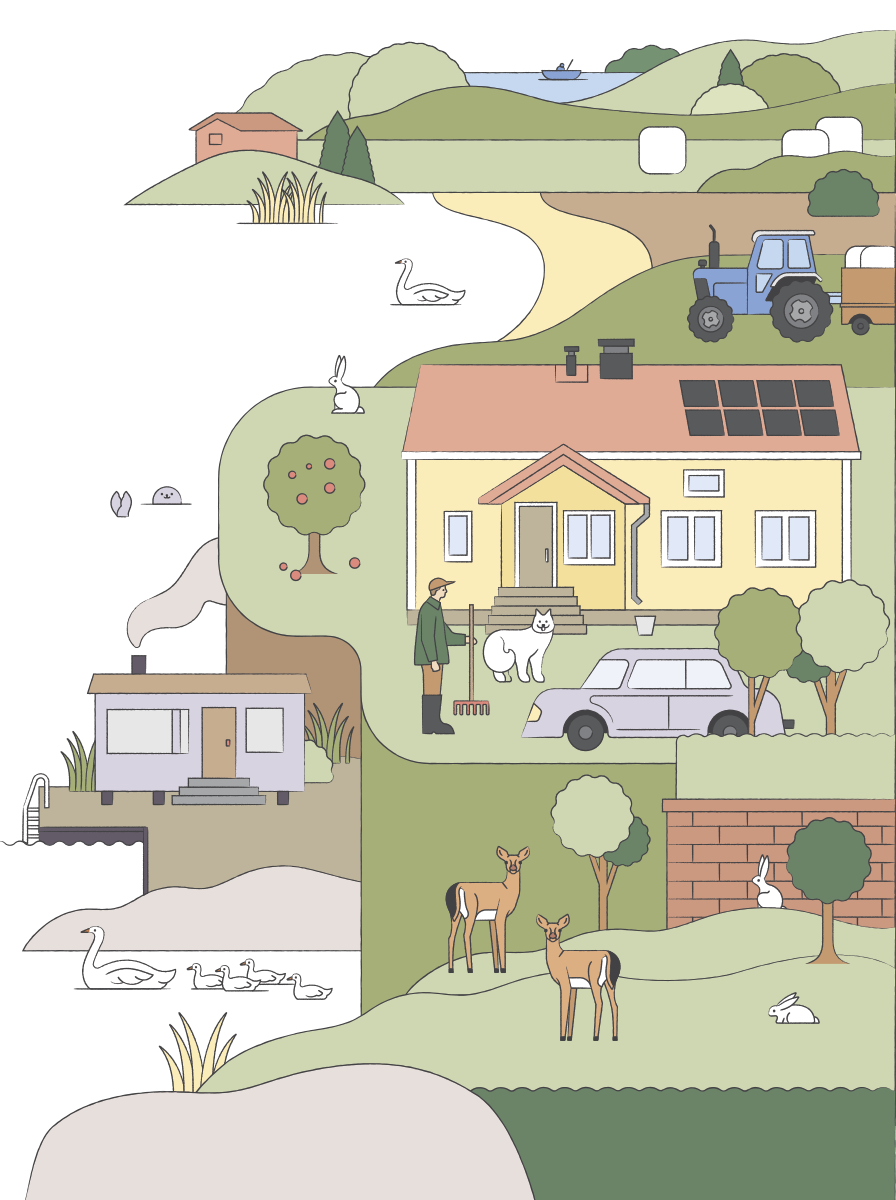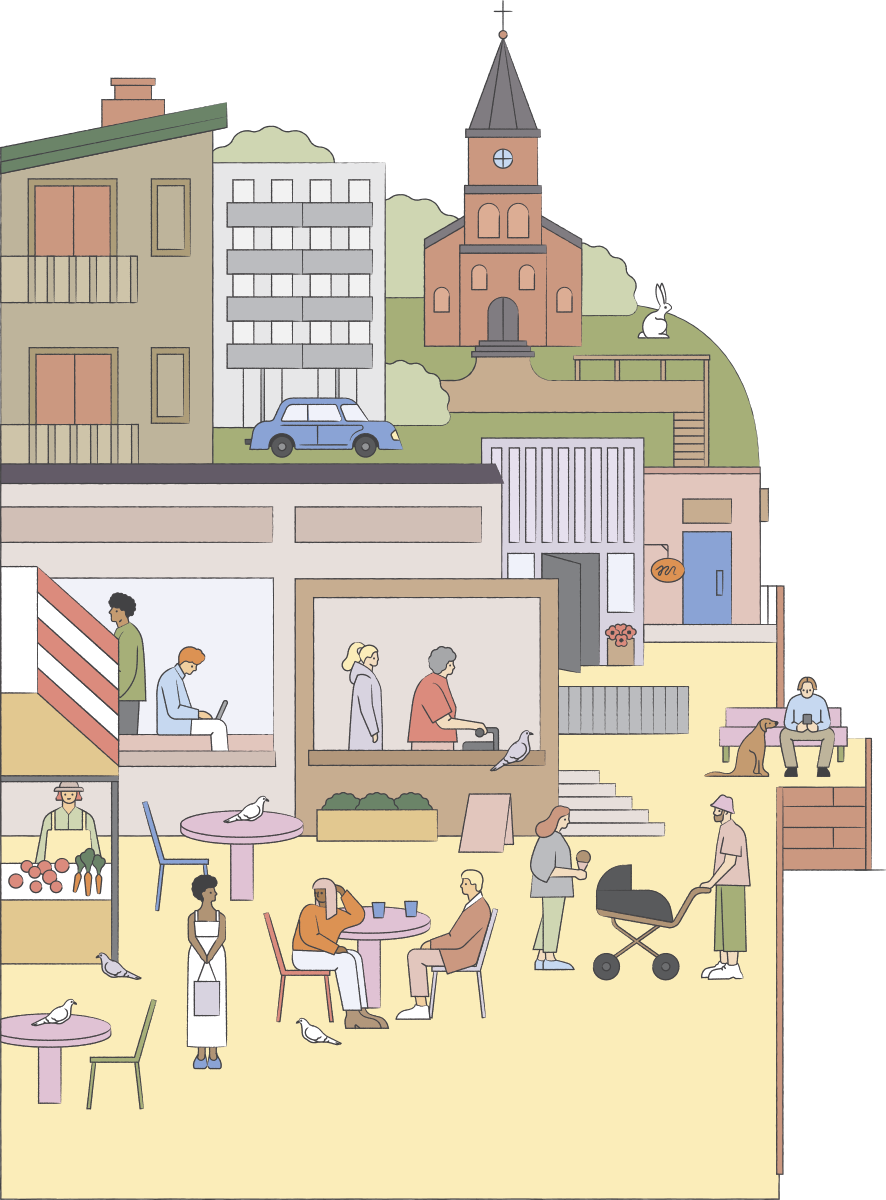Solar power panels have become increasingly common while the prices of solar power equipment have gone down and their efficiency has improved. At best, self-produced solar electricity is cheaper than grid electricity. Solar electricity can be produced for new and old apartment, semi-detached and detached houses. Several energy companies offer the opportunity to buy one’s own dedicated panel in a solar power plant.
One solar panel (60 X 160 cm) produces about 150–200 kWh of electricity per year. Directing the panels towards south is the best option for solar electricity production. The east-to-west direction will produce less in total but more in the evening and morning when the use of electricity peaks at home. A solar panel needs to be paired with an inverter to convert direct current (DC) to alternating current (AC). Excluding electric car batteries, it is only profitable to charge solar power to batteries off-grid.
The most sensible decision is to measure the panels so that there is no need to sell electricity. Building service systems and cooling appliances that are always on or the need to charge the car battery provide good design criteria. In Finland, you will need to pay a charge for electricity transmission, and currently selling electricity to the grid is not profitable. However, you can design your system to allow future extension.
In a housing company, electricity can be produced for the whole property (e.g. for lighting, lifts, ventilation or other building services) or to be distributed per apartment. An individual resident can buy panels for their own use if agreed upon by other residents. The flat roofs of Finnish apartment houses provide plenty of potential to produce solar energy. On a flat roof, the panels can be optionally directed towards the sun.
Solar panels merge with the architecture of old buildings if they are mounted flush on the gable roof. The design and installation of a solar panel system must be ordered from a professional expert including a warranty period.
The technical age of solar panels can reach up to 40 years, and many equipment manufacturers provide 25 years of power warranty. Panel materials, including glass, silicon, aluminium and other metals, are recyclable. The amount of energy used to manufacture a solar panel corresponds to a few years of power production by the panel. Calculating by the current price of electricity, return on the investment can be expected in 10–12 years, but there is great variation.
The carbon footprint of the electricity produced with solar power is rather small, about 40 g CO2/kWh.




